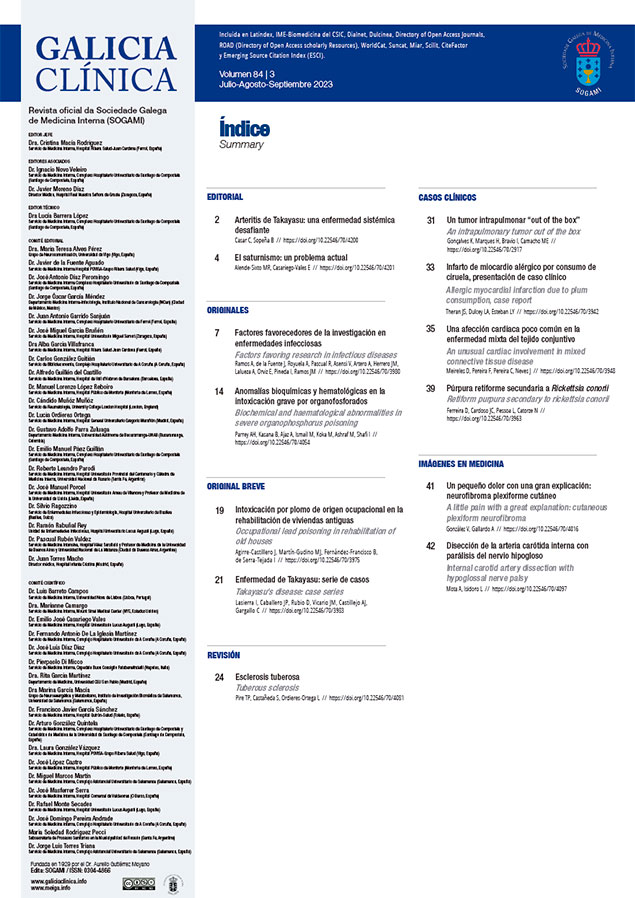Resumen
Background: Organophosphorus insecticides are considered one of the commonest causes of morbidity and mortality due to poisoning worldwide. Severe organophosphorus poisoning can lead to multiple sometimes lethal metabolic and haematological abnormalities. METHODS: A total of 141 OP poisoning patients were admitted during the study period and their blood samples were collected on admission and analysed for the biochemical abnormalities. RESULTS: Out of 141 patients 76 were males (53.9%) and 65 were females (46.1%). Bradycardia with Pulse rate of less than 60 was seen in in 21 patients (14.7). Hypoxemia with oxygen saturation of less than 94% was seen in 32 (22.7%). leucocytosis with TLC o 11000 or more was seen in 19 patients (13.5%).101 patients (83.5%) had low serum choline esterase levels less than 1.5kU/L. Hypokalaemia with K+ of less than 3.5 was seen in 16 patients (9.9%). Five patients died out of 141 (3.5%). Hypoxemia Spo2 of less than 90% was seen in 3 (60%) patients who died and hypoglycaemia with blood glucose of less than 70mg/dl was seen in 2 out of 5 Patients (40%) CONCLUSIONS: low choline esterase levels less than 1.5kU/L was the most common abnormality indicating severe poisoning followed by hypoxemia. Both Hypoxemia and low acetylcholine esterase levels are bad prognostic signs and result in high mortality in organophosphorus poisoning. Keywords: Organophosphorus Poisoning, Hypoxemia, choline esterase, Hypokalaemia, Hypoglycaemia.
Esta obra está bajo una licencia internacional Creative Commons Atribución-NoComercial-SinDerivadas 4.0.
Derechos de autor 2023 GaliciaClinica - Revista Oficial de la Sociedad Gallega de Medicina Interna SOGAMI

